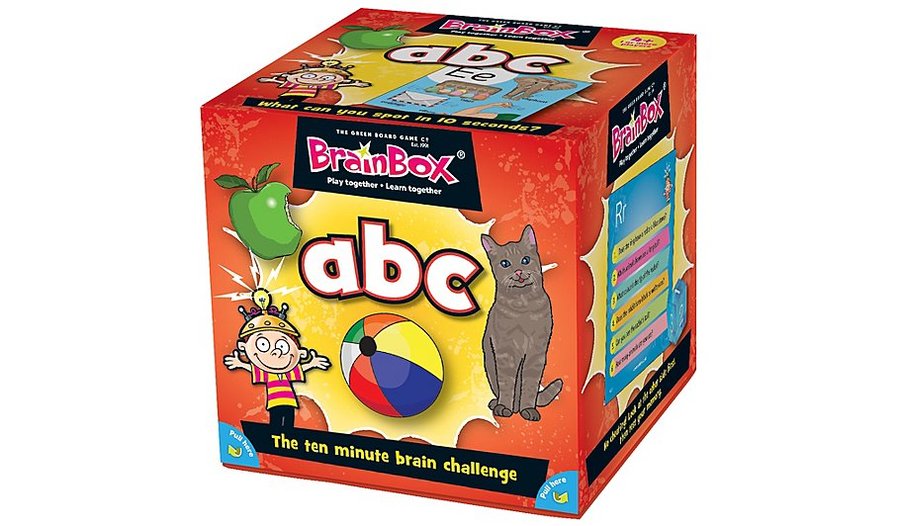

This is why a skilled reader can recognize words quickly, EVeN whEn WRittEn l1k3 thIs. Words and letters are stored in the letterbox – not as individually memorized shapes or patterns, but as symbols. It doesn’t exist in very young children or illiterate adults, and it’s activated less in people with dyslexia, who have a physiological difference in the way their brains process written text. The letterbox is a special stopover on the word’s journey because it only develops as the result of learning to read. This is where the black squiggles are recognized as letters in a word.


It’s all of these connections that house our ability to read. Instead, a network of connections develops to link existing areas that weren’t previously linked. Now we know that this “reading center” is a myth. Initially, researchers believed that there was a “reading center” in the brain - one area that would materialize as a child became literate. Reading is an immensely complex process for the brain that takes extensive practice to develop the connections to support processes and reach proficiency.


 0 kommentar(er)
0 kommentar(er)
